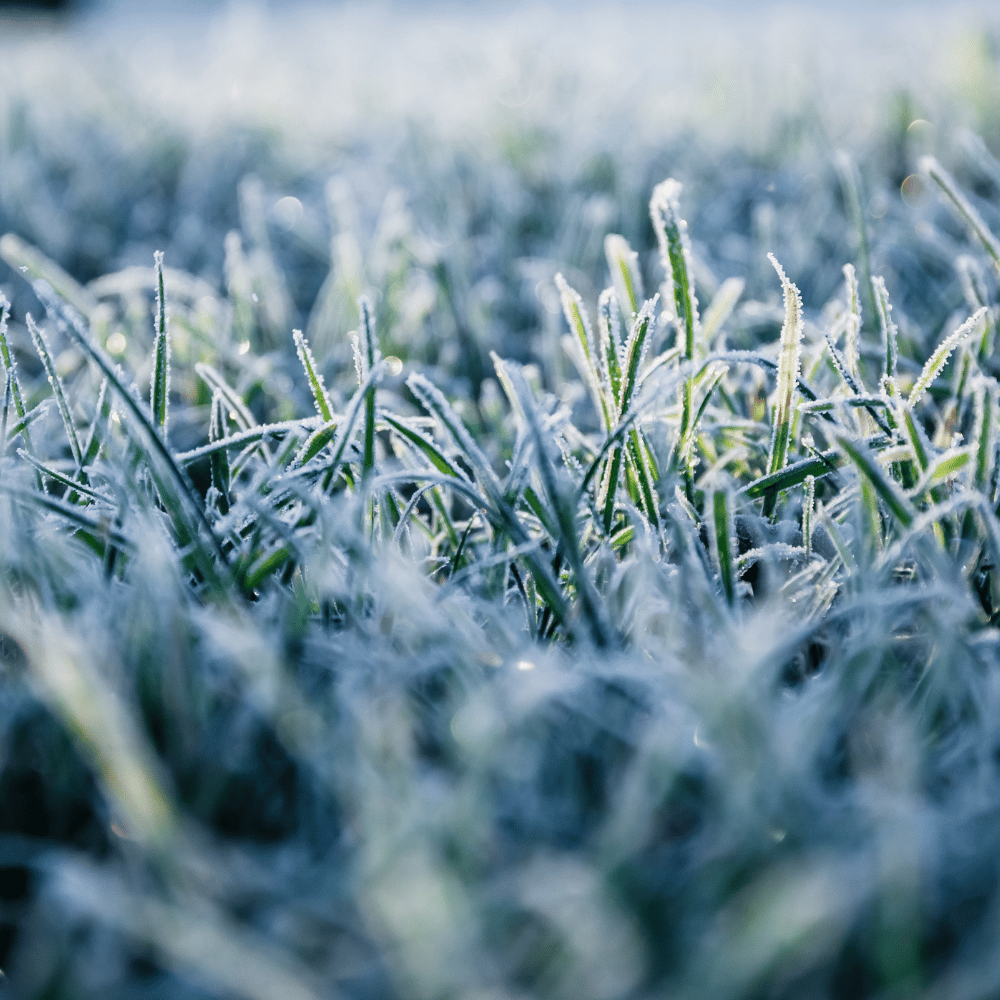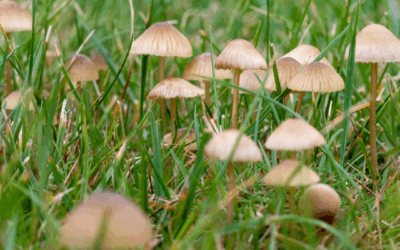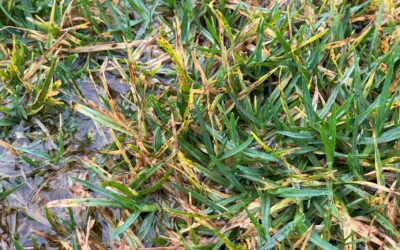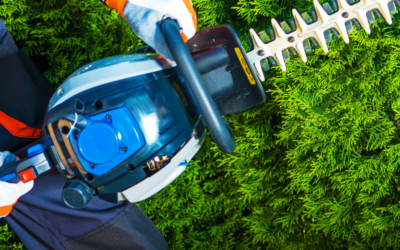Winter’s arrival brings a sense of tranquillity, transforming our surroundings into a frosty wonderland. However, beneath this icy beauty lies the potential for both benefits and challenges for our beloved lawns. Frost, with its delicate crystalline touch, can leave a lasting impact on our green landscapes. In this article, we explore the effects of frost on lawns, understanding its implications and discovering how we can mitigate its potential harm.
Frost Formation
Frost occurs when the temperature drops below freezing, causing moisture in the air to condense and freeze onto surfaces. The frozen moisture appears as delicate ice crystals that blanket our lawns in the early morning hours. The formation of frost is influenced by factors such as air temperature, humidity levels, and the duration of freezing conditions.
The Effects of Frost
One of the main concerns with frost is its potential to cause damage to grass blades and root systems. When frost forms on the grass, it can lead to cell damage and, in severe cases, even kill the grass. Walking or mowing on frost-covered lawns can exacerbate this damage by breaking or bending the delicate grass blades. Another concern is the development of Fusarium, a fungal disease that thrives under cooler temperatures, leaving unsightly patches on the lawn.
Minimising Frost Damage
*Avoid foot traffic on frost-covered lawns to prevent compaction and damage to the grass blades.
*Delay mowing until the frost has melted, as mowing on frozen grass can lead to breakage and stress on the turf.
*Ensure proper lawn care practices throughout the year to maintain lawn health and resilience.
*Monitor for Fusarium development.




